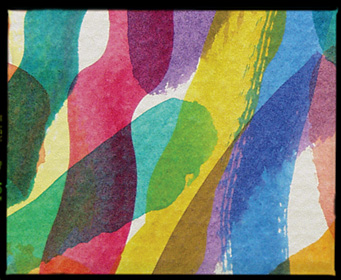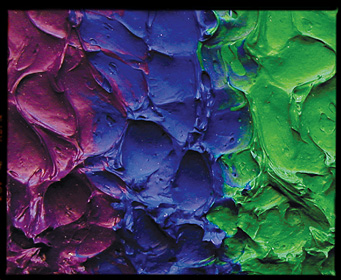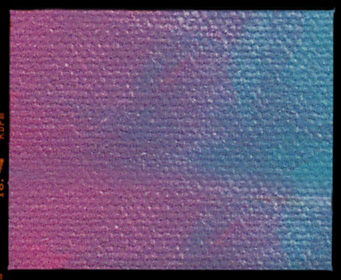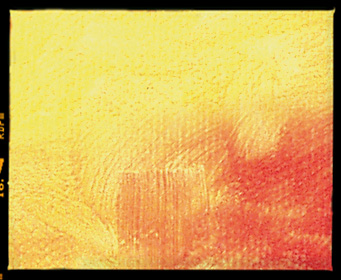Additives
Additives
Additives allow the artist to adjust the working properties of acrylic paint. They can be used to increase the flow, the opacity, or the thickness, and more. While they do contain acrylic polymer for compatibility, they do not contain sufficient acrylic resin to act as a binder within the paint.
ALL ADDITIVES
Should be used sparingly and only in the amount needed to achieve the desired effect
Do not add transparency to the paint film
Available in both fluid and gel viscosities
Flow Aid
Attributes
Directions
Application
|
Liquithick Gel Acrylic Thickener
Attributes
Directions
Application
|
Slow-Dri Fluid Retarder
Attributes
Directions
Application
|
Slow-Dri Gel Retarder
Attributes
Directions
Application
|











 Breaks water tension to improve flow, absorbency and blending of any water based paint, ink or dye and minimises brush strokes. Use with Liquitex Soft Body colour to create very fluid washes without hard edges. Great for staining effects on raw canvas. Should not add more than 25% as there is no binder and it can weaken the stability of the paint film when too much is added.
Breaks water tension to improve flow, absorbency and blending of any water based paint, ink or dye and minimises brush strokes. Use with Liquitex Soft Body colour to create very fluid washes without hard edges. Great for staining effects on raw canvas. Should not add more than 25% as there is no binder and it can weaken the stability of the paint film when too much is added. Excellent for sculptural effects when a matt finish is desired. Gives the handling characteristics of oil or encaustic paint when added to water-based acrylic paints and mediums. Works great with opaque colours as it does not increase transparency or change the position of colours. Should not add more than 25% as there is no binder and it can weaken the stability of the paint film when too much is added.
Excellent for sculptural effects when a matt finish is desired. Gives the handling characteristics of oil or encaustic paint when added to water-based acrylic paints and mediums. Works great with opaque colours as it does not increase transparency or change the position of colours. Should not add more than 25% as there is no binder and it can weaken the stability of the paint film when too much is added. A fluid that slows the drying time of acrylic paints and mediums by up to 40%. An absolutely essential additive if working in drier climates. Mix into the paint when on the palette to slow the skinning over of the paint and increase blending time. Should not add more than 25% as there is no binder and it can weaken the stability of the paint film when too much is added.
A fluid that slows the drying time of acrylic paints and mediums by up to 40%. An absolutely essential additive if working in drier climates. Mix into the paint when on the palette to slow the skinning over of the paint and increase blending time. Should not add more than 25% as there is no binder and it can weaken the stability of the paint film when too much is added. An excellent choice when working in low humidity, or whenever increased workability and blending time of acrylic paints and mediums is desired. Will retain brushstrokes and add body to lower viscosity colours. Should not add more than 25% as there is no binder and it can weaken the stability of the paint film when too much is added.
An excellent choice when working in low humidity, or whenever increased workability and blending time of acrylic paints and mediums is desired. Will retain brushstrokes and add body to lower viscosity colours. Should not add more than 25% as there is no binder and it can weaken the stability of the paint film when too much is added.